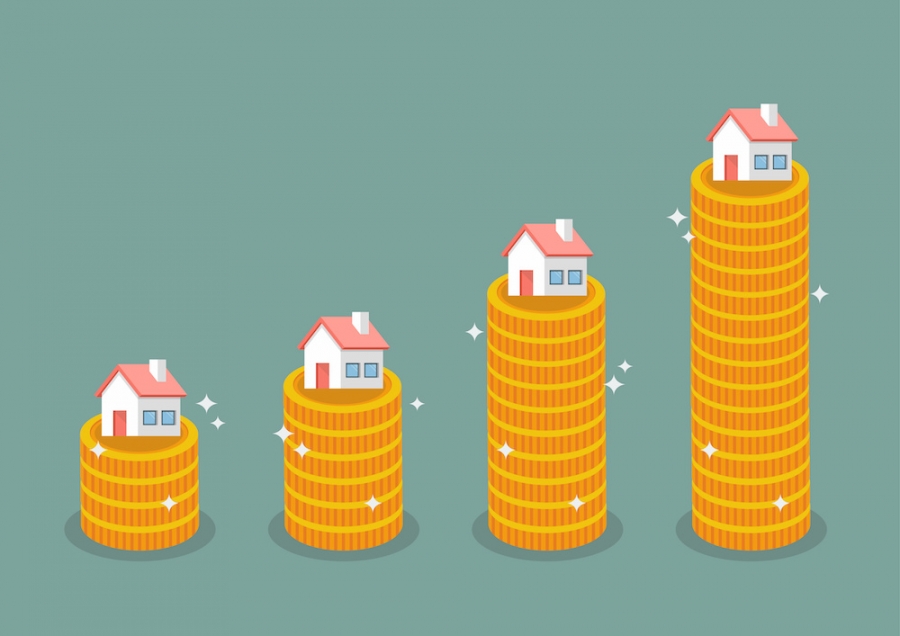Maybe you’ve heard them recently or maybe you haven’t. But it’s very likely you have. Every so often when interest rates move, in one direction or the other, certain advertisers suggest you refinance your existing mortgage or at the very least explore the notion.
The background goes something like this: ‘Rates are on the rise, better refinance now at the current, lower rate’ or ‘Rates are lower, better refinance now’ or something along those lines. And you certainly can’t blame various mortgage companies because that’s how they make money- issuing mortgages. Whether it’s for a refinance or a purchase, money must be made. And the more mortgage companies the better. More competition typically means more competitive rates. At least that’s the prevailing theory.
But given that backdrop, part of the advertising message is ‘Skip up to two payments.’ Sounds enticing, doesn’t it? After all, who wouldn’t want a breather on a couple of mortgage payments? But the message can sometimes be misconstrued. Whether that’s intentional or not, it’s easy for a consumer to believe that by refinancing with a particular company, they’ll skip a couple of payments. Yet that’s not exactly the case.
Let’s first understand how mortgage payments are applied each time they’re made. Mortgage payments work differently than rent payments. When someone makes a rent payment to the landlord, the payment is used to pay for the upcoming month. If one pays the rent on the first, it’s for the upcoming month. That's easy enough to understand. But in the case of the mortgage payment, the application of that payment works in reverse when compared with a rental payment.
Mortgage payments pay off the interest that has accrued for the previous month, not the upcoming one. When a mortgage payment is made on the first of the month, it’s actually for the previous 30 days (or 31). So for example, say a home purchase closes on the 15th, the new lender will collect upfront the remaining 15 (or 16) days for the current month. Using this example, the payment to the mortgage company will be about half of what it will be in the future. Mortgage payments are paid for interest in arrears. Along these lines, a closing on the last day of the month means the lender collects just one day of interest.
With a refinance, the same thing occurs. But not only does the new lender pay off the accrued interest for the current month yet paid, but also collects enough funds to pay for the upcoming month in the form of prepaid interest. Because those two months payments have been made, it seems as if there really are two payments skipped. The accrued interest is included in the final payoff of the old mortgage and the borrowers typically have the option of including the prepaid interest for the following month by rolling those funds also into the new mortgage.
There are still two payments being made, it just doesn’t feel like it in the traditional sense.







